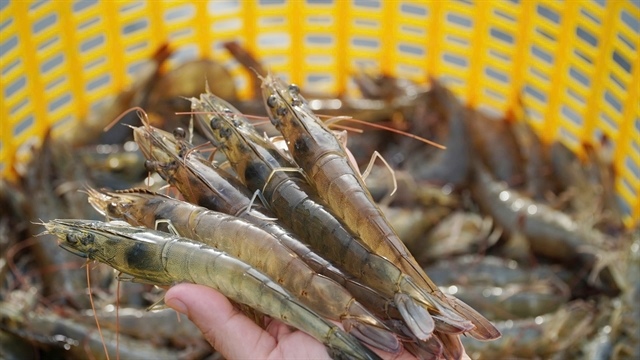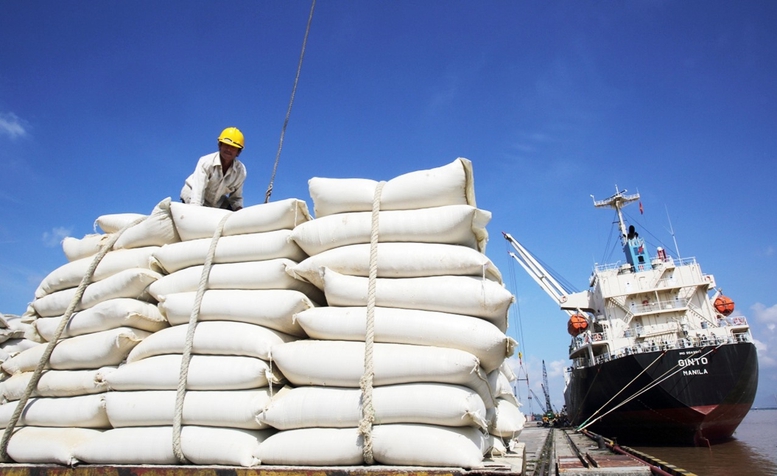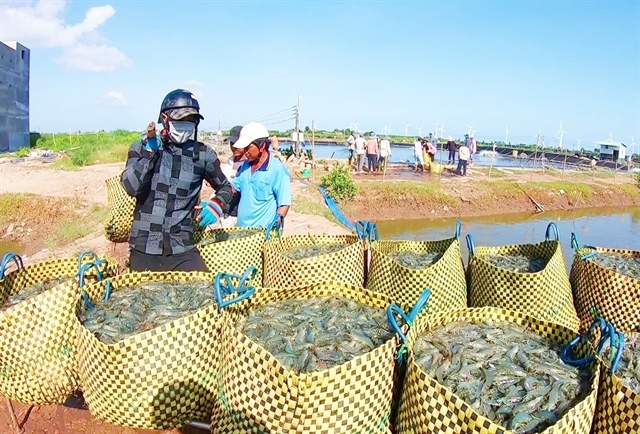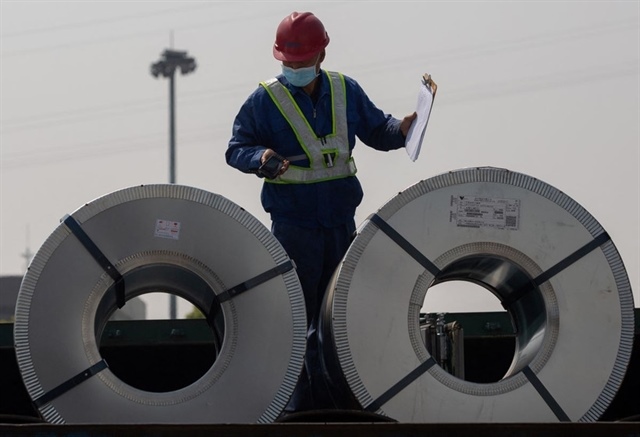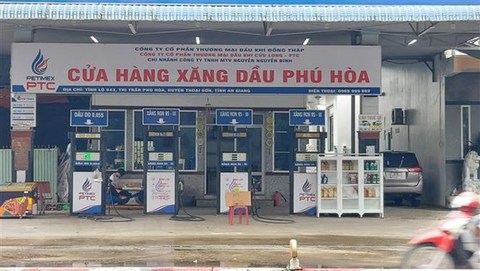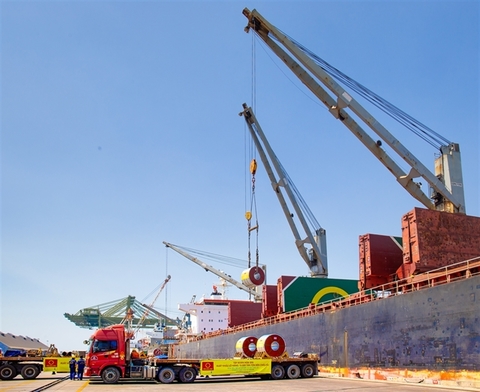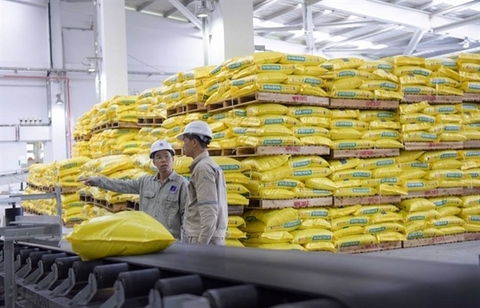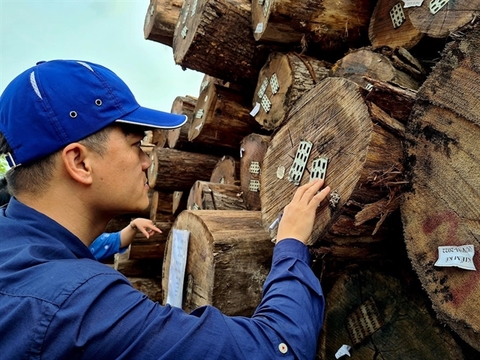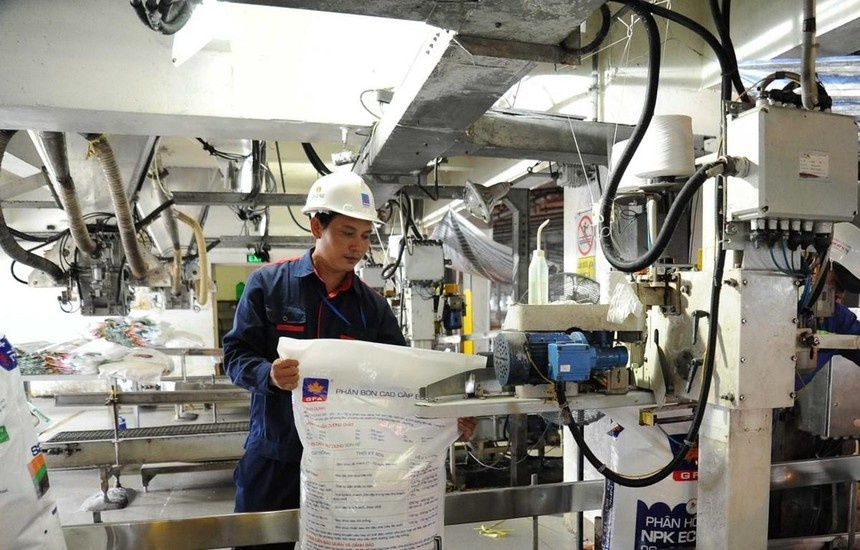Vietnam’s wood exporters under FSC standard pressure
Vietnam’s wood exporters under FSC standard pressure
Weak export market demand and stable freight rates rendered some wood materials imported into Vietnam cheaper. However, FSC-certified logs imported from the EU market become more expensive for Vietnamese manufacturers, forcing them to look at home-grown, certified solutions.
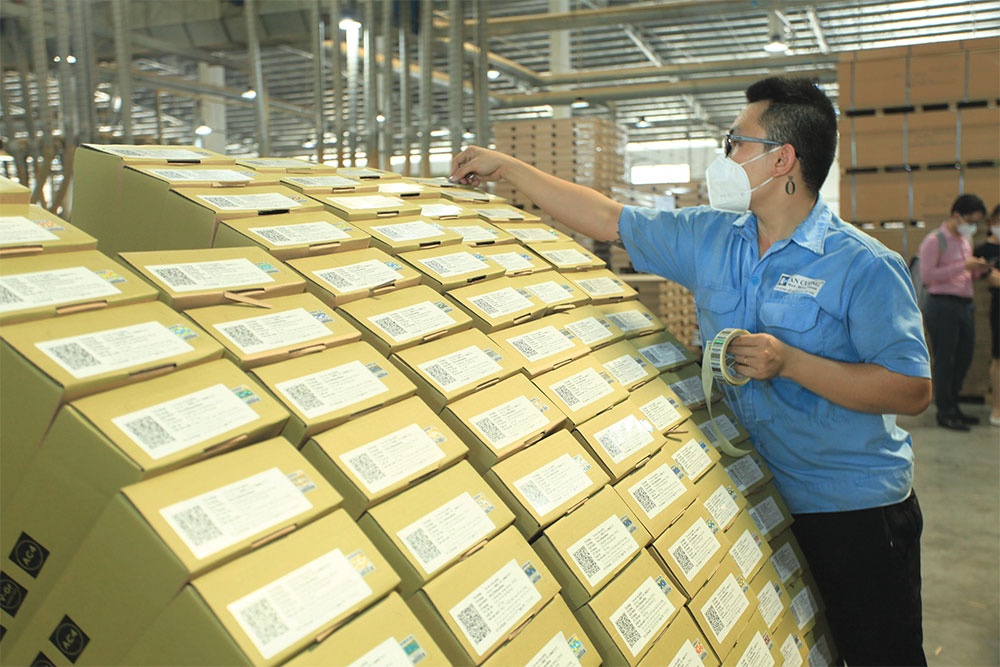
Vo Quang Ha, general director of Tavico JSC, said raw material suppliers are standing between two options presently. “Either the imported raw materials cannot be sold because many manufacturers lack orders or – if enterprises do not import raw materials – there will be a shortage of production materials when inflation is controlled and purchasing power recovers. Thus, it is a highly risky time.”
In addition, businesses are paying more attention to FSC-certified raw materials as many of Vietnam’s major export markets are demanding such standards.
“Last year, we contracted La Nga Forestry Co., Ltd to supply about 7,000cu.m and continue to maintain this volume in 2022,” Ha said. The company is focusing on supplying FSC wood planks to several large buyers, including IKEA. For this, Tavico imports around 200,000cu.m of logs annually.
The Vietnamese government advocates the development of plantation timber to be more independent of imported timber. “However, people in the industry know that planted forest wood is only suitable for certain product lines,” said Ha. “There is no data on exports using imported wood materials, but in fact, the percentage of imported wood accounts for a large amount, while plantation timber is not much.”
Manufacturers believe that the risk of FSC-certified raw materials can reduce the revenue of wood processing industry manufacturers as they enter the final quarter of the year.
The price of raw materials this year has increased dramatically. For instance, the price of wood for the production of wood chips and pellets last year stood at $40 per cu.m but now has increased to $70-80 per cu.m.
Proponents of legal timber development are concerned that producers will be less likely to invest in FSC-certified wood material areas if profits continue to decline due to difficult output. At the same time, foreign buyers will find it easier to order from Vietnam.
Woodsland JSC in the northern province of Tuyen Quang planned to invest in FSC-certified raw materials in 2015 to supply for IKEA from 2017. At that time, there were very few certified timbers across Vietnam, and FSC was a fresh system with quite a few businesses and foresters.
* In furniture exports, Vietnam has risen to become the fifth-largest country in the world, second in Asia, and the largest in Southeast Asia. Vietnamese furniture has been directly exported to 120 countries and territories. The largest export markets of Vietnam’s wooden furniture for many years have been the United States, China, Japan, the EU, and South Korea.
* Vietnam has developed and implemented a project on sustainable forest management. By 2025, there will be one million hectares of concentrated production plantations certified for sustainable forest management, and all timber from planted forests for export processing will have sustainable forest management certificates.
* Up to now, there have been about 4,500 enterprises dealing in wood and forest products, including 3,900 domestic and 600 foreign-invested enterprises. Of these, around 1,500 directly export products.
* The Vietnam Administration of Forestry has set a target that the export value of wood and forest products should reach $18-20 billion by 2025 and $23-25 billion by 2030. In 2021, the total export value of wooden furniture and all forest products reached $15.87 billion. Source: Ministry of Agriculture and Rural Development.
The Vietnamese timber industry expects to benefit from the Voluntary Partnership Agreement on Forest Law Enforcement, Governance, and Trade (VPA/FLEGT) between Vietnam and the European Union, which took effect in 2019. The government has also issued Decree No.102/2020/ND-CP stipulating the Vietnam Legal Timber Guarantee System, effective from October 2020.
Luu Tien Dat, representative of the Vietnam Administration of Forestry under the Ministry of Agriculture and Rural Development, found that the Vietnamese legal system was relatively complete.
“The regulations on the production and trade of legal timber are compatible with the law. At the same time, the EU and Vietnam have also implemented stricter monitoring of legal timber chains,” Dat said.
The VPA/FLEGT aims to ensure that Vietnam’s wood products are legally produced, contributing to improving forest governance, expanding markets, and promoting trade in sustainable timber and wood products.
The EU and Vietnam have also agreed to build a classification system for wood processing and exporting enterprises. But Dat said that currently, “it is still not possible to issue a FLEGT licence for wooden furniture shipments to the EU.”
According to Dat, Vietnam exports wood products to more than 100 countries, but also imports wood materials from nearly 80 countries, so it is easily affected when the export markets change timber trade and environmental policies.
Nguyen Tuong Van, vice chairman of the Vietnam Forestry Science and Technology Association, said that the VPA/FLEGT has not had much impact on timber exports to the EU.
“To date, the Legal Timber Assurance System has not been put into operation as people know that the progress of business assessment is very slow,” Van said. “The assessment and classification of wood processing and exporting enterprises has been implemented since May. As of October 10, only 141 wood processing and exporting enterprises were classified as Group I, while the total number of enterprises that had to be classified was up to 1,200.”



